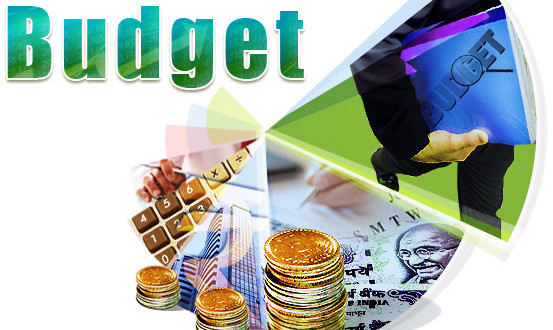By Guriya
The Union Budget 2017 was presented by the Finance Minister Arun Jaitley on February 1, 2017. The budget entails economic significance on the citizens of the nation unlike this budget which is of historical significance for the nation. Looking at the history of Union Budget in India, the first budget was introduced on 7 April 1860 by the East-India Company to the British Crown finance minister, James Wilson.
The first Finance Minister of Independent India, Shanmukham Chetty, presented the budget in November 1947. He presented the analysis of the economic scenario of Independent India just 95 days before the budget presentation in 1948. It was proposed in the backdrop of the independent and partitioned India.
Independent India witnessed several policy initiatives by different finance ministers that changed the economic positioning of the country. For instance, the 1987 budget presented by Rajiv Gandhi when he introduced the corporate tax; the 1991 budget presented by Manmohan Singh when he introduced the concept of service tax, and foreign investment proposals and reduction of peak import duty from 300 percent to 50 percent. The budget has constantly been defined and redefined to stabilise and strengthen the economy. Furthermore, the history of the budget encompasses the time and day of its announcement. The budget was announced on the last working day of the month of February at 5 pm, the following was inherited from the colonial era, when the itinerary would be that the British Parliament would pass its budget by noon followed by India in the evening of the day. The following was practised until 2000, after which Mr.Yashwant Sinha, the then Finance Minister of India in the NDA government (led by BJP) of Atal Bihari Vajpayee, changed the ritual by announcing the 2001 Union Budget at 11 am. The 2017 Budget ended the colonial practiced entirely by deciding to announce the budget on February 1, 2017. This marks another change in the historical practice related to the announcement of the Union Budget in India.
The country witnessed a change in the 92-year-old practice of having a distinct Union and Railway Budget. The two were amalgamated and presented. This tradition has a historical baggage attached to it as well. Railways took up 85 percent of the yearly budget during the British rule in India while now it accounts for 15 percent of the yearly budget, a separate budget demanded additional expenditure that could be cut down upon by amalgamating the same with the Union Budget. The following would lead to less wastage of time of parliament when a new policy is to be implemented or initiated. The solutions to the financial issues faced by the sector could be dealt more judiciously since the allocation of funds would be done under a single regime. Initially, the railways were required to pay an annual dividend to render its budgetary support to the government. A unified budget would relief it from the same fund that could be better allocated. Thus, the 2017 Budget structurally changed the historical practices.
The budget was proposed post the government’s announcement of demonetisation on 8 November 2017. The government was under severe scrutiny as the citizens expected them to compensate post their struggle to stand in queue to withdraw cash. The finance minister in his Budget speech stated, “Demonetisation was a bold and decisive strike in a series of measures to arrive at a new normal of bigger, cleaner and real GDP…Any adverse impacts of demonetisation on the informal sector would be offset by a surge in the formal sector, higher tax collection translating into higher government spending.”
The recast of the direct taxes focusing on both corporate tax and personal income tax would speed up the corporate tax rate to 25%, offer substantial relief to the small taxpayers, and address the immediate anxiety among the citizens post demonetisation. Talking about taxes, one of the tax initiatives taken by the government is the introduction of Goods and Services Tax (GST). This will change the historical tax division between the direct and indirect tax policies of India and most of the taxes would be merged under an umbrella. The following reduces the chances of tax evasion and hence emphasis was laid on the following in the budget. The GST will also be a boon for customers in reducing their expenditure on certain commodities and will increase the disposable income of the economy. Thus under the purview of the biggest tax and financial reform, the budget 2017 was one of the most challenging budget in the history.
The government’s “Digital India” initiative is an attempt to create efficient digital infrastructure in the country and the 2017 budget was a way to move forward. Thus, the budget 2017 challenged certain historical practices while constructing historical policies that would be benchmark for the Union Budget in the future.
(The author is a Young India Fellow (YIF) at the Ashoka University)


